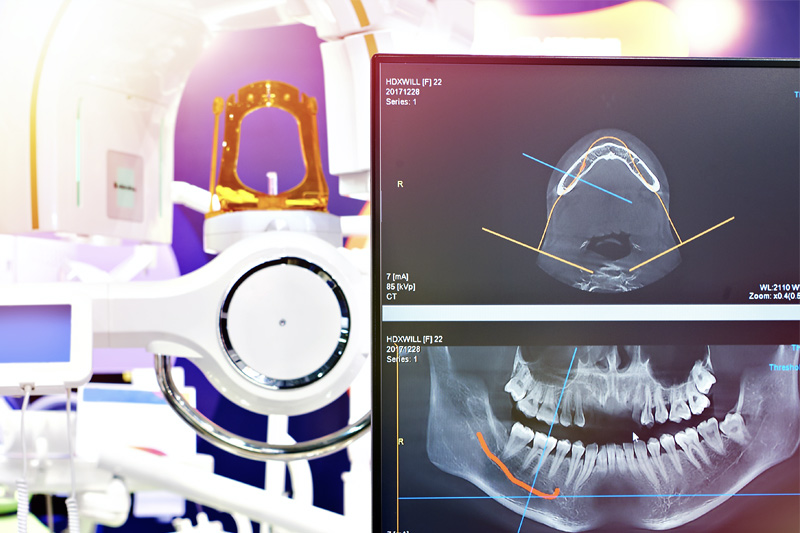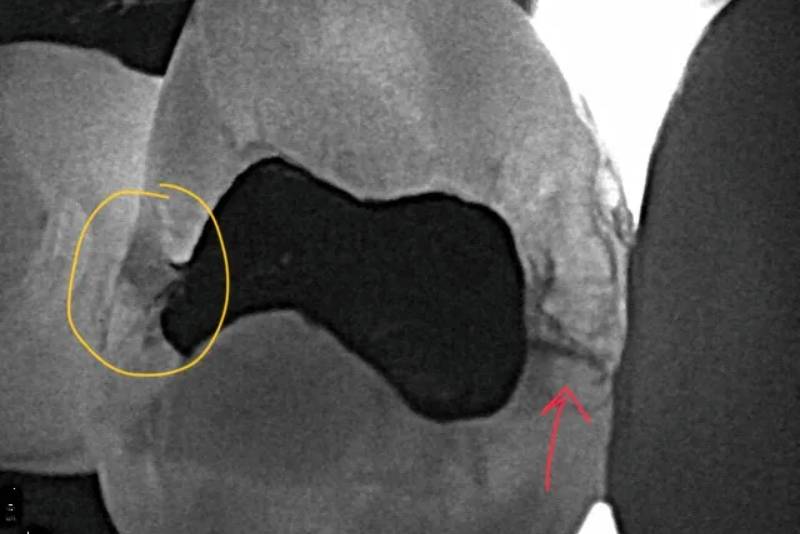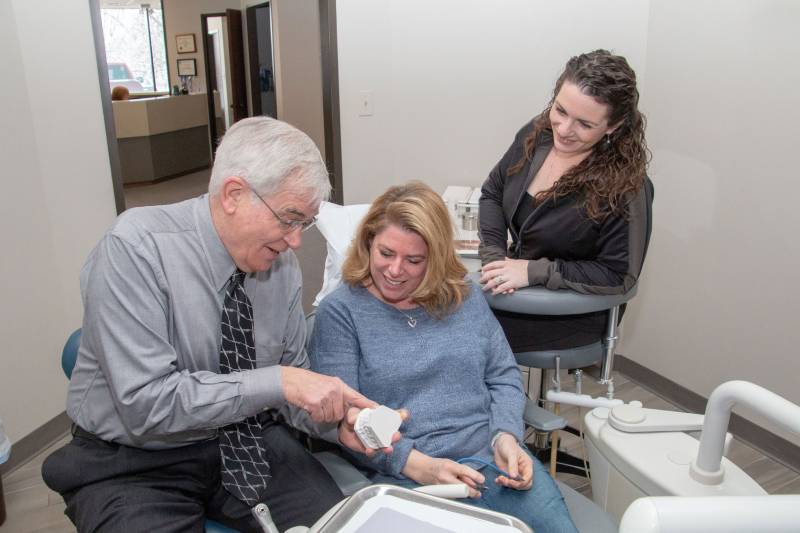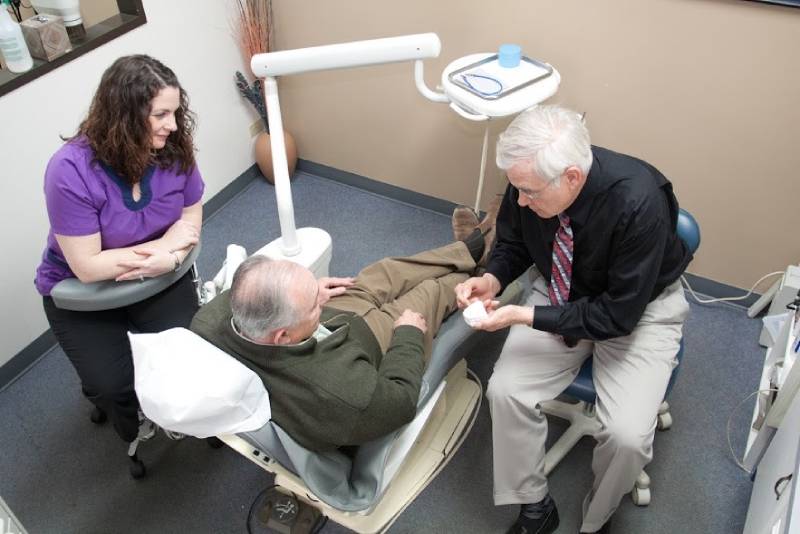Spectra Cavity Detection System
Early cavity detection is one of the most important things we can do for our patients. It allows us to protect your teeth from further decay and possible abscess, and it helps us keep your teeth healthy.
For decades, the old tried-and-true method for finding cavities was the good old dental “pick” (explorer). However, in the mid to late 1990’s it was not as reliable as it had been in the past. This was because decay had become more difficult to locate due to the widespread use of fluoride in both drinking water and toothpaste. Fluoride hardens the enamel to the point where the explorer could not locate the microscopic areas that were starting to decay, just because of the diameter of the explorer’s tip. This literally caused the tooth to decay from the inside out!
Realizing what we were missing, the dental industry devised an instrument to help eliminate this dilemma. It was called a Diagnodent Laser Probe. For years it made a huge difference in our ability to detect decay. We were finding issues through it that we could not readily see. But it too was not perfect. Then, in 2011, Dr. Potempa’s office became the first in Illinois to receive the Spectra Cavity Detection System. The Spectra is leaps and bounds more accurate than even the old Diagnodent pen. It uses the natural fluorescence of teeth and pathology to detect cavities with little to no error. It is this system that has been our mainstay since 2010 for detecting new decay.
Request Appointment





